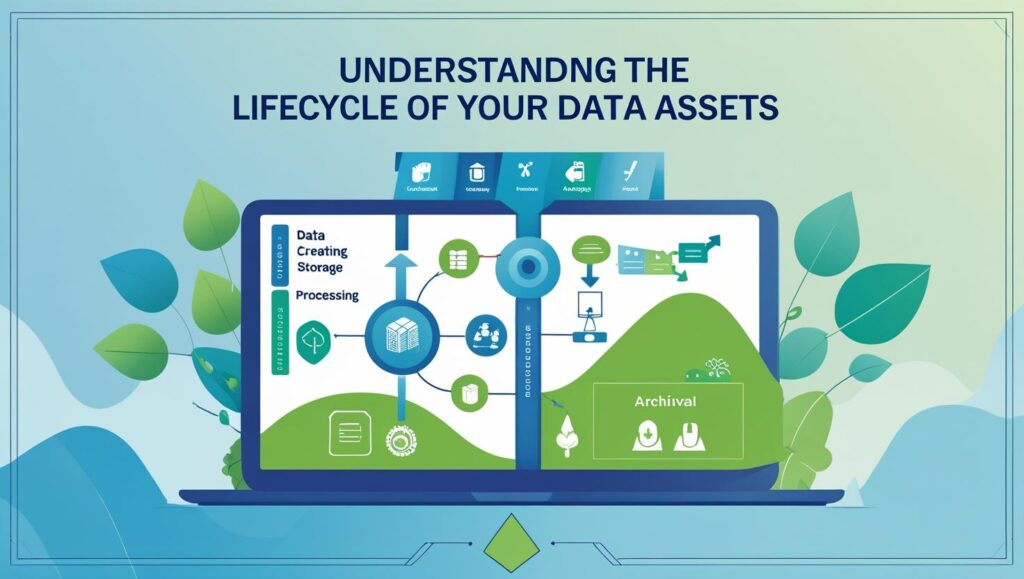Converting a list to data is not a one-time event but part of a continuous data lifecycle. This section explores the stages from data capture and transformation to storage, analysis, and eventual archiving. Understanding this lifecycle helps in designing sustainable “list to data” processes and managing your data as a valuable, evolving asset.
Building Robust Data Pipelines for Seamless Flow
For continuous and efficient “list to data” transformation, robust data pipelines list to data are essential. This subtitle delves into designing and implementing automated workflows that extract data from lists, clean it, transform it, and load it into target systems. Learn about ETL (Extract, Transform, Load) and ELT (Extract, Load, Transform) methodologies for scalable data movement.

Leveraging Metadata for Enhanced Data Understanding
Metadata, or “data about data,” is critical for understanding and utilizing your transformed lists. This section highlights the importance of creating and managing metadata, including data definitions, sources, transformations applied, and ownership. Rich metadata enhances data discoverability, reusability, and overall data governance within your organization.
The Impact of Data Privacy and Security in Conversion
Converting lists often involves sensitive information, making data privacy and security paramount. This part explores best practices for ensuring compliance with regulations like GDPR and HIPAA during the transformation process. Learn about anonymization, encryption, access controls, and other measures to protect your data assets. Security is non-negotiable.
Measuring the ROI of Your Data Transformation Efforts
Justifying the investment in “list to data” initiatives requires demonstrating a clear return on investment. This section discusses methodologies for quantifying the benefits of data transformation, such as improved efficiency, reduced costs, enhanced decision-making, and new revenue opportunities. Learn to articulate the value generated by your data projects.
Fostering a Data-Driven Culture Through Accessible Data
The ultimate strategic advantage of converting lists to data lies in empowering an entire identifying core components organization with accessible, high-quality information. This subtitle explores how to democratize data access, provide user-friendly tools, and promote data literacy to cultivate a truly data-driven culture where insights inform every decision.
Future-Proofing Your Data Infrastructure and Strategy
The data landscape is constantly evolving. This section focuses on contact lists designing your “list to data” processes and overall data infrastructure with scalability and flexibility in mind. Learn about adopting cloud-based solutions, embracing new technologies, and developing an agile data strategy that can adapt to future business needs and technological advancements.
